by Manuel Marino | Guitar
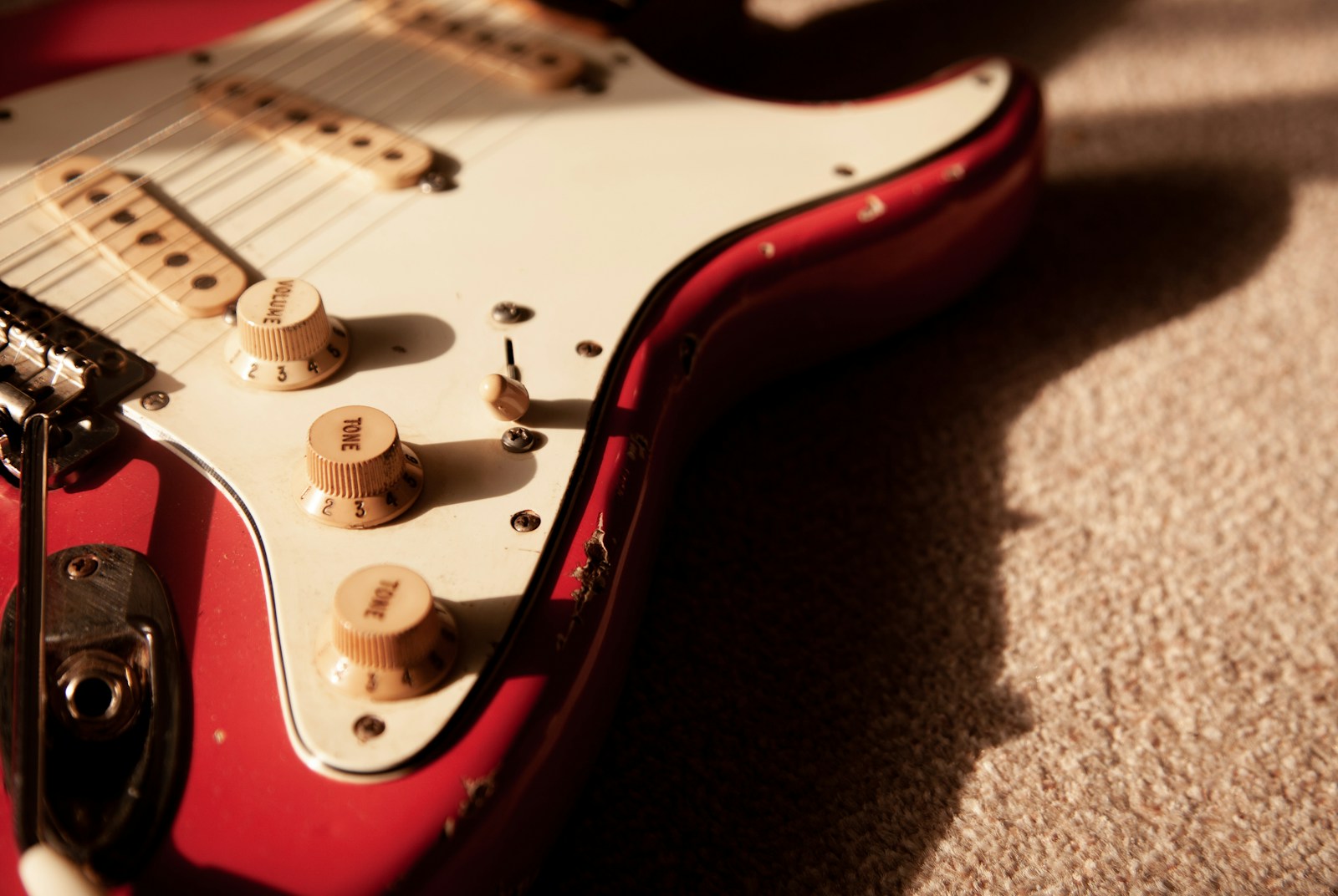 Tuning is an essential aspect of any musician’s life. Guitars tend to get detuned, which impacts the quality of sound. The optimal solution is to tune a guitar using a tuning device that adjusts the detuned strings to produce a beautiful and harmonious sound. There are various methods of tuning a guitar, depending on the desired sound. Most strings are tuned from the thickest to the thinnest, as this is the most straightforward and efficient way to finger chords and scales.
Tuning is an essential aspect of any musician’s life. Guitars tend to get detuned, which impacts the quality of sound. The optimal solution is to tune a guitar using a tuning device that adjusts the detuned strings to produce a beautiful and harmonious sound. There are various methods of tuning a guitar, depending on the desired sound. Most strings are tuned from the thickest to the thinnest, as this is the most straightforward and efficient way to finger chords and scales.
Tips for Guitar Tuning Guitar Tuning - The Fast Guideline To Keeping Your Guitar Fit - When you try to tune a guitar with a piano, assuming they are exactly the same, you might break the guitar strings. Guitar tuning ensures that you produce the correct note on the appropriate string. Guitar strings vary in size and frequency. When you start tuning your guitar, you'll notice that it's tuned with a…
Numerous tuners are available in the market to assist with tuning, as not many musicians can identify each string’s sound and tune it accurately. A tuner helps the novice ear avoid producing the wrong sound by correcting their tuning. Tuning is adjusted according to the instrument, and when … ...Read the rest.
“Electric Guitar Tuning”
by Manuel Marino | Guitar
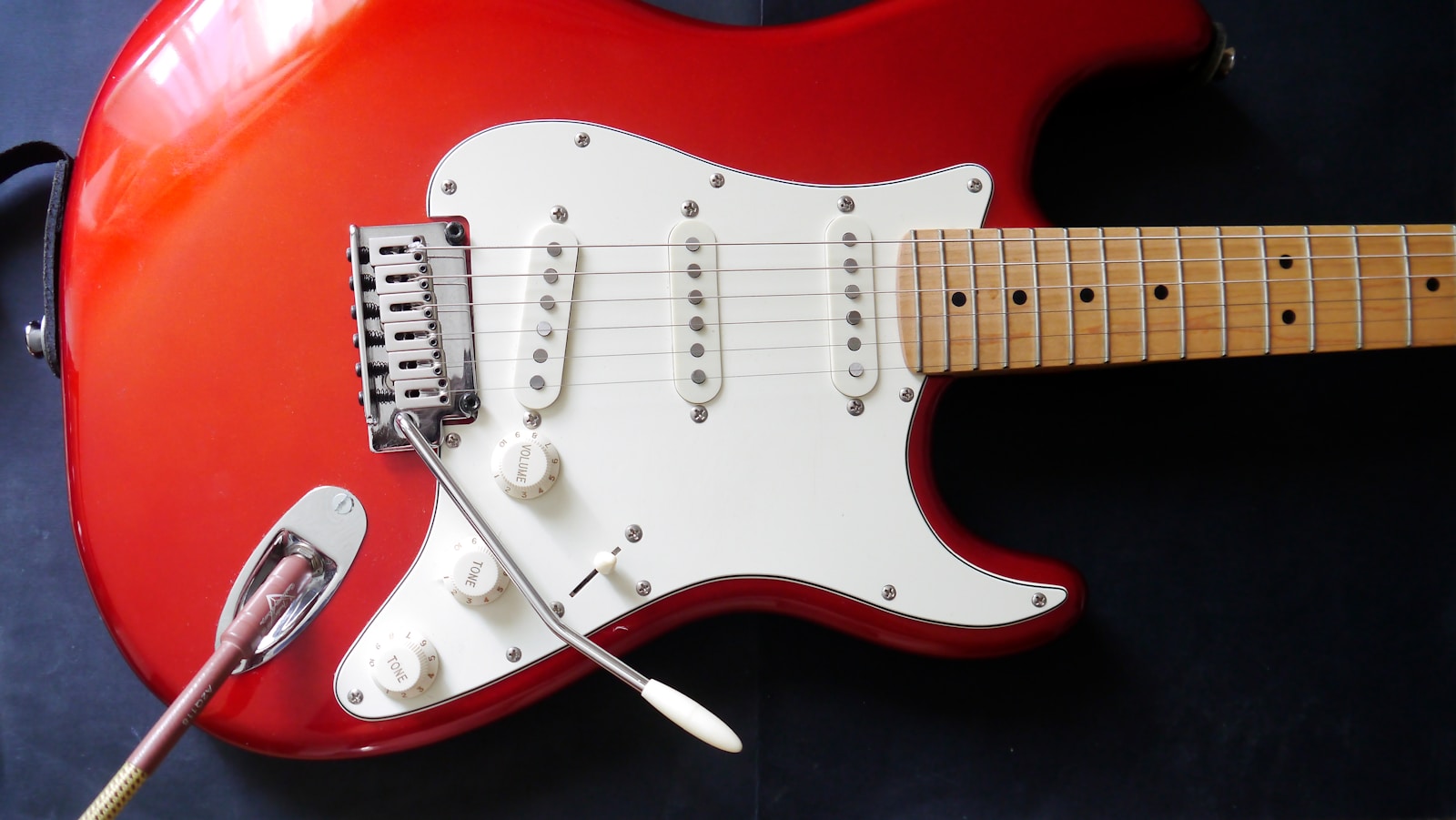 Cheap electric guitar Acoustic Guitar vs Electric Guitar: The Power of Solo Performances - In the world of music, the acoustic guitar stands as an emblem of versatility, with its diverse manifestations including the acoustic and electric variants. The contrasting characteristics of these two types allows for distinctive musical possibilities, often determining the ambiance of a musical event, such as a laid-back evening in a pub. BUY ON AMAZON… or semi-acoustic guitars – it doesn’t matter which type you own, you’ll still need to perform repairs from time to time. While we can’t imagine the original delta blues guitar The Annals Of Blues Guitar - The blues guitar is a genre of music that can be vocal, instrumental or both. It primarily uses the 'blue' notes, which are based on a 'minor pentatonic' scale, also known as the blues scale. Blues music originated in African-American communities in the U.S., drawing from work songs, spirituals, field hollers, chants, shouts, and simple… players using anything other than their trusty old acoustic guitar How to Buy a Guitar - The guitar is known for its dynamic and unique sound, making it a popular instrument in various genres of music. Whether you're a beginner
Cheap electric guitar Acoustic Guitar vs Electric Guitar: The Power of Solo Performances - In the world of music, the acoustic guitar stands as an emblem of versatility, with its diverse manifestations including the acoustic and electric variants. The contrasting characteristics of these two types allows for distinctive musical possibilities, often determining the ambiance of a musical event, such as a laid-back evening in a pub. BUY ON AMAZON… or semi-acoustic guitars – it doesn’t matter which type you own, you’ll still need to perform repairs from time to time. While we can’t imagine the original delta blues guitar The Annals Of Blues Guitar - The blues guitar is a genre of music that can be vocal, instrumental or both. It primarily uses the 'blue' notes, which are based on a 'minor pentatonic' scale, also known as the blues scale. Blues music originated in African-American communities in the U.S., drawing from work songs, spirituals, field hollers, chants, shouts, and simple… players using anything other than their trusty old acoustic guitar How to Buy a Guitar - The guitar is known for its dynamic and unique sound, making it a popular instrument in various genres of music. Whether you're a beginner
… ...Read the rest.
“The Cheap Electric Guitar – Keep Them Going”
by Manuel Marino | Guitar
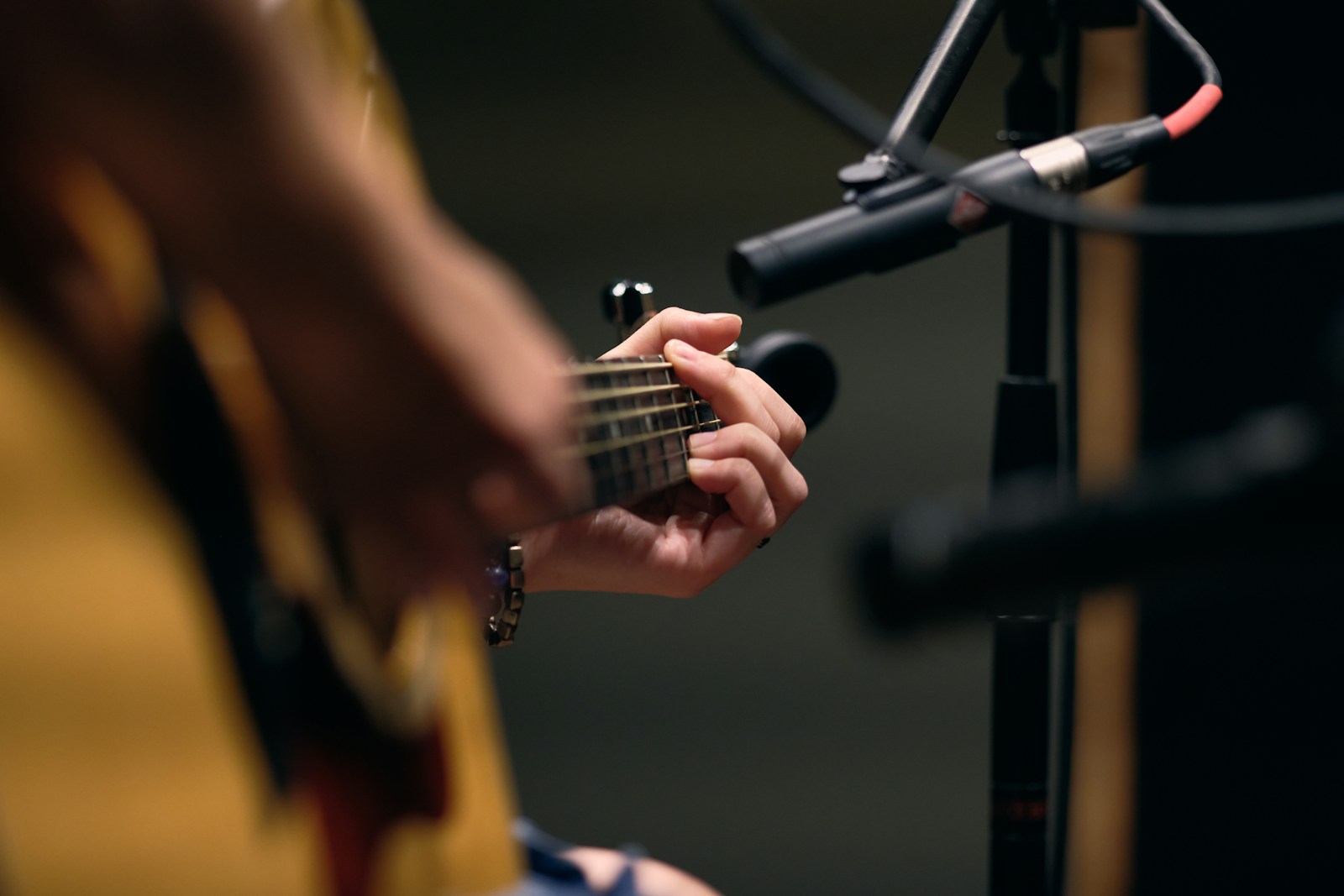 If you’re wondering how to learn to have fun with the guitar, let me assure you there are several ways for you to master this skill.
If you’re wondering how to learn to have fun with the guitar, let me assure you there are several ways for you to master this skill.
You can opt for the traditional method – private guitar lessons What's the Most Readily Useful Electric Guitar For Guitar Lessons? - There are several variations, but primarily three types of guitars to consider when starting guitar lessons: Classical Acoustic, Acoustic, and Electric. Many beginners start guitar lessons with a classical acoustic or steel-string guitar. These are the most common types available for borrowing, and it's less likely you'll be loaned a more complex guitar. Learning on… . You can enroll in guitar summer classes or workshops in your area. Reading instructional music books and chord sheets can help too. You could also ask a friend to teach you. And, of course, there’s the internet The World-wide-web Niche - The global economy has been severely impacted. Millions of people have lost their jobs, many are losing their homes, and retirement portfolios are disappearing at an alarming rate. What happens in the World Wide Web? We often discuss the global financial tsunami, an economic crisis on a scale that rivals the Great Depression of the…
… ...Read the rest.
“How exactly to Learn to have fun with the Guitar”
by Manuel Marino | Guitar
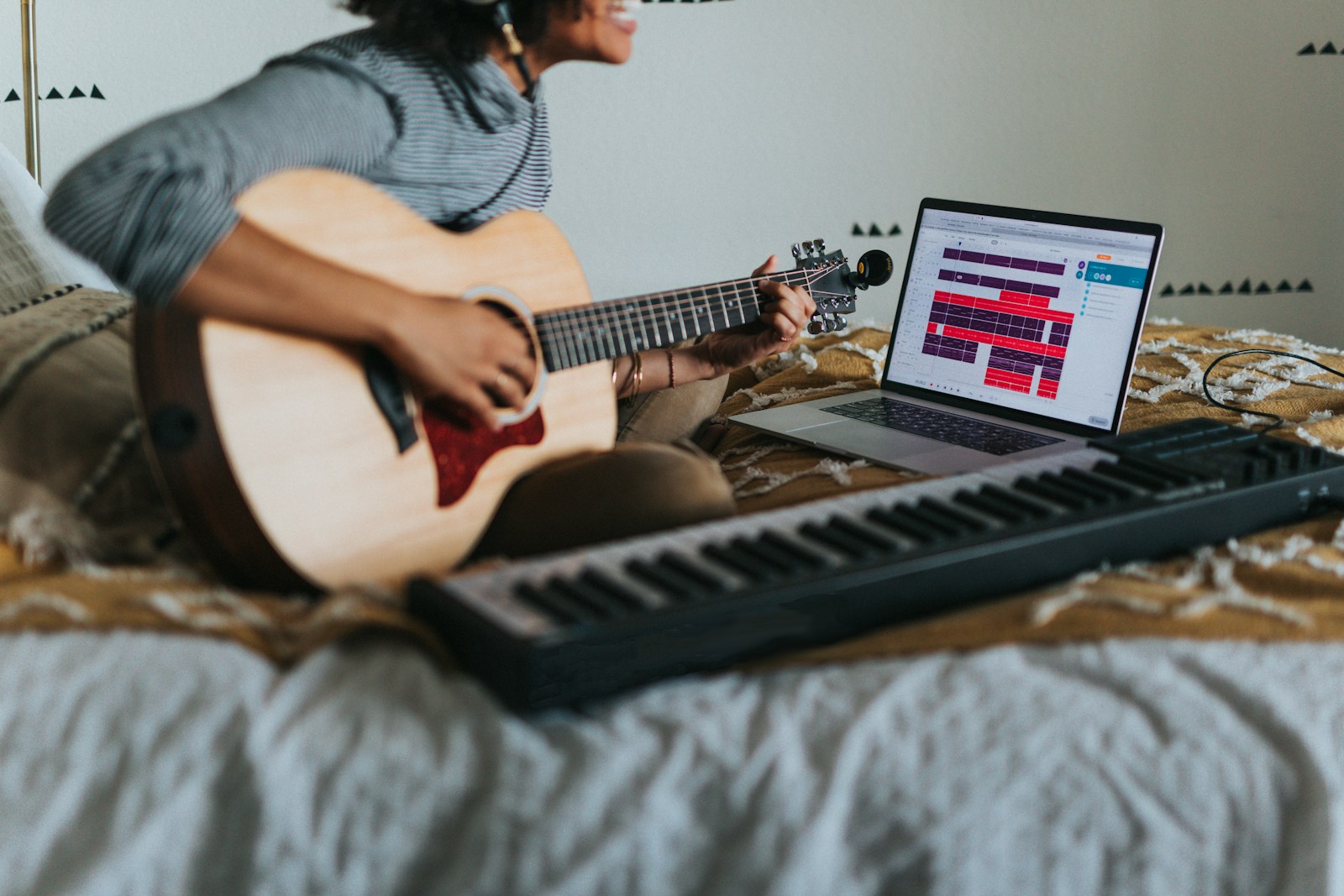 Many people want to learn to enjoy guitar, and they give up due to a lack of patience and persistence. They often think about the pain in their fingers during practice and end up not making progress. Becoming proficient at something largely depends on your attitude.
Many people want to learn to enjoy guitar, and they give up due to a lack of patience and persistence. They often think about the pain in their fingers during practice and end up not making progress. Becoming proficient at something largely depends on your attitude.
If you’re not passionate about learning something and only rely on being taught by someone else rather than self-learning, you may not make much progress and end up wasting time. Fortunately, there are many tips and tricks available online on how to learn to play the guitar How exactly to Learn to have fun with the Guitar - If you're wondering how to learn to have fun with the guitar, let me assure you there are several ways for you to master this skill. You can opt for the traditional method – private guitar lessons. You can enroll in guitar summer classes or workshops in your area. Reading instructional music books and chord… quickly. You just need to have patience in research and learning to become more successful.
Firstly, among the many tips and strategies for learning how to play the guitar How exactly to Learn to have fun with the Guitar - If you're wondering how to learn to have fun with the guitar, let me assure you there are several ways for you to master this skill. You can opt for the traditional method – private guitar lessons. You can enroll in guitar summer classes or workshops in your area. Reading instructional music books and chord… quickly and easily is to do thorough research. Researching today is not
… ...Read the rest.
“Learn to Enjoy Guitar Fast”
by Manuel Marino | Guitar
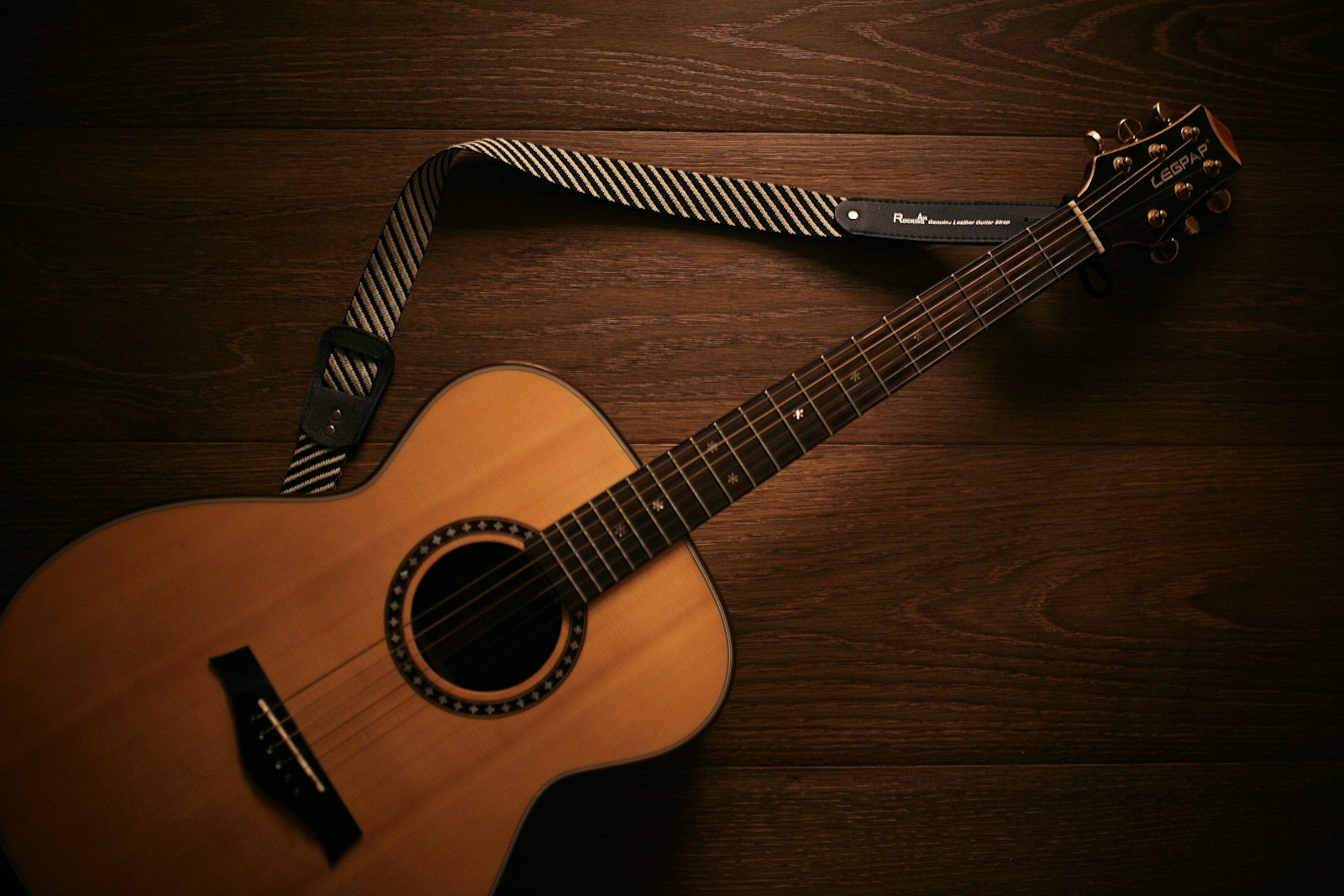 One of the main reasons for choosing to buy a pre-owned guitar is that you can get a better deal and more value for your money. The primary factor driving guitarists to purchase a used electric, acoustic, or bass guitar Learning to Enjoy Bass Guitar - Do you enjoy bass guitar? A bass guitar is a four-stringed instrument that typically accompanies a lead guitar. Some bass guitars have additional strings, with 5 or 6 strings in total. Bass guitars produce lower tones, and an electric bass guitar is connected to an amplifier for enhanced sound. When learning to play the bass… is the desire for more bang for their buck. Popular online auctions have made it much easier to find a range of used musical instruments. Before the internet The World-wide-web Niche - The global economy has been severely impacted. Millions of people have lost their jobs, many are losing their homes, and retirement portfolios are disappearing at an alarming rate. What happens in the World Wide Web? We often discuss the global financial tsunami, an economic crisis on a scale that rivals the Great Depression of the… , your only options for finding a second-hand bargain would be to
One of the main reasons for choosing to buy a pre-owned guitar is that you can get a better deal and more value for your money. The primary factor driving guitarists to purchase a used electric, acoustic, or bass guitar Learning to Enjoy Bass Guitar - Do you enjoy bass guitar? A bass guitar is a four-stringed instrument that typically accompanies a lead guitar. Some bass guitars have additional strings, with 5 or 6 strings in total. Bass guitars produce lower tones, and an electric bass guitar is connected to an amplifier for enhanced sound. When learning to play the bass… is the desire for more bang for their buck. Popular online auctions have made it much easier to find a range of used musical instruments. Before the internet The World-wide-web Niche - The global economy has been severely impacted. Millions of people have lost their jobs, many are losing their homes, and retirement portfolios are disappearing at an alarming rate. What happens in the World Wide Web? We often discuss the global financial tsunami, an economic crisis on a scale that rivals the Great Depression of the… , your only options for finding a second-hand bargain would be to
… ...Read the rest.
“Buying An Used Guitar Guide”
by Manuel Marino | Guitar
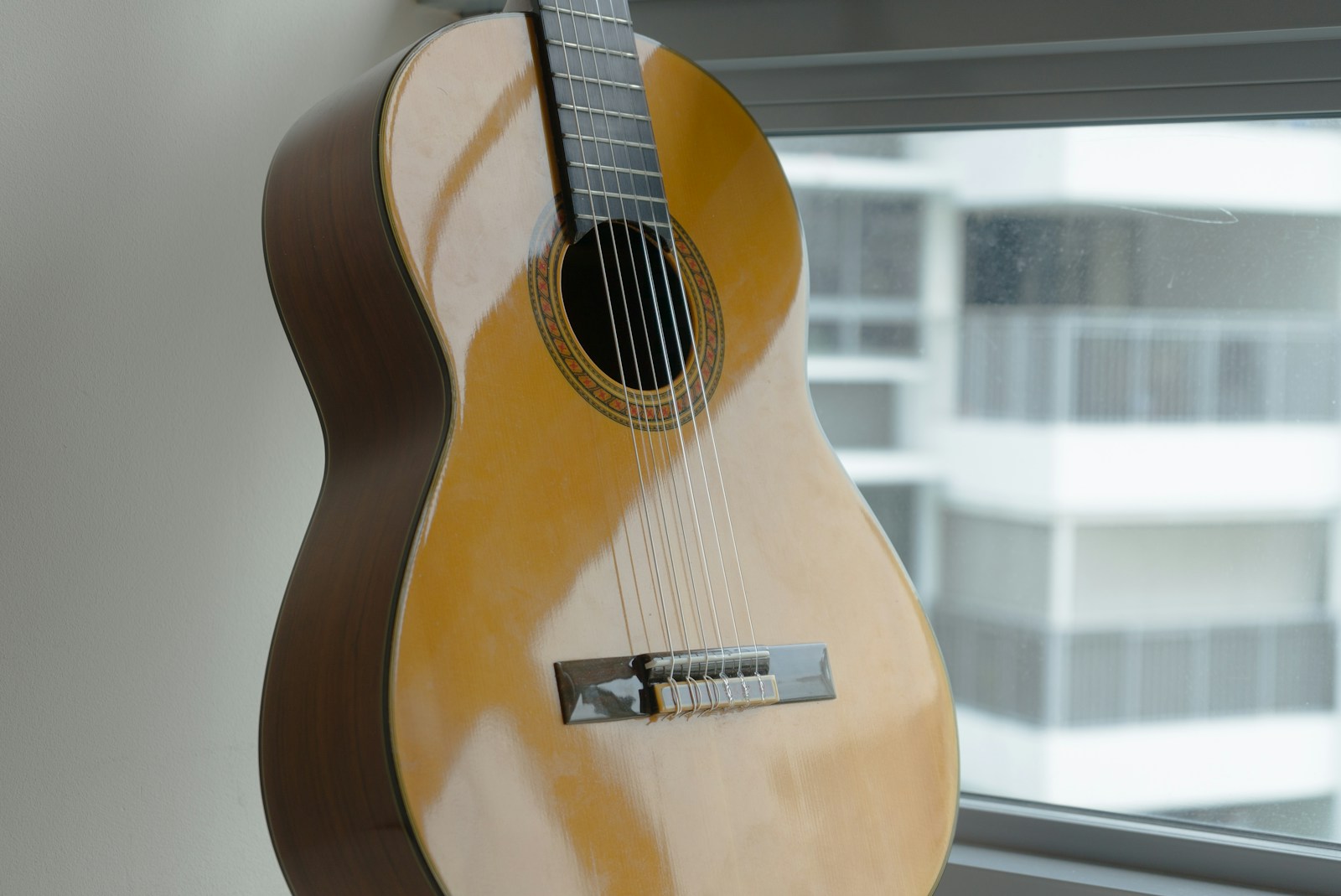 No matter your level of classical guitar playing Strumming Practicing The Guitar - Practicing the guitar takes time and dedication. Learning to play the instrument requires consistent practice, but it doesn't guarantee that you'll become a rock star. Nonetheless, with regular practice and skill development, you can still achieve proficiency. There are two methods to start strumming a guitar: using your fingers or using a pick. Find a… proficiency, it is always crucial to have a properly tuned classical guitar. This is especially important when playing an acoustic guitar How to Buy a Guitar - The guitar is known for its dynamic and unique sound, making it a popular instrument in various genres of music. Whether you're a beginner or someone with a growing passion for guitar playing, here are some top tips for buying a guitar: Seek out advice. Start by seeking guidance from someone you know who has… , as each string’s tone is quite prominent. There are numerous tuning variations for a guitar, but in this article, we will only cover Standard E tuning. In this tuning, both your high E and low E strings are tuned to the key of E, and all other strings are …
No matter your level of classical guitar playing Strumming Practicing The Guitar - Practicing the guitar takes time and dedication. Learning to play the instrument requires consistent practice, but it doesn't guarantee that you'll become a rock star. Nonetheless, with regular practice and skill development, you can still achieve proficiency. There are two methods to start strumming a guitar: using your fingers or using a pick. Find a… proficiency, it is always crucial to have a properly tuned classical guitar. This is especially important when playing an acoustic guitar How to Buy a Guitar - The guitar is known for its dynamic and unique sound, making it a popular instrument in various genres of music. Whether you're a beginner or someone with a growing passion for guitar playing, here are some top tips for buying a guitar: Seek out advice. Start by seeking guidance from someone you know who has… , as each string’s tone is quite prominent. There are numerous tuning variations for a guitar, but in this article, we will only cover Standard E tuning. In this tuning, both your high E and low E strings are tuned to the key of E, and all other strings are … ...Read the rest.
“Tuning Classical Guitar”
 Tuning is an essential aspect of any musician’s life. Guitars tend to get detuned, which impacts the quality of sound. The optimal solution is to tune a guitar using a tuning device that adjusts the detuned strings to produce a beautiful and harmonious sound. There are various methods of tuning a guitar, depending on the desired sound. Most strings are tuned from the thickest to the thinnest, as this is the most straightforward and efficient way to finger chords and scales.
Tuning is an essential aspect of any musician’s life. Guitars tend to get detuned, which impacts the quality of sound. The optimal solution is to tune a guitar using a tuning device that adjusts the detuned strings to produce a beautiful and harmonious sound. There are various methods of tuning a guitar, depending on the desired sound. Most strings are tuned from the thickest to the thinnest, as this is the most straightforward and efficient way to finger chords and scales.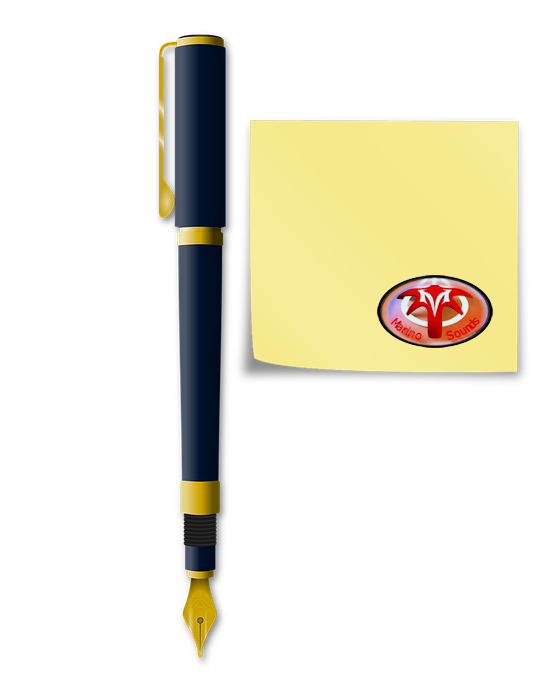

 Manuel is a passionate, driven, and techsavvy AV technician,
Manuel is a passionate, driven, and techsavvy AV technician,  Cheap
Cheap  If you’re wondering how to learn to have fun with the guitar, let me assure you there are several ways for you to master this skill.
If you’re wondering how to learn to have fun with the guitar, let me assure you there are several ways for you to master this skill. Many people want to learn to enjoy guitar, and they give up due to a lack of patience and persistence. They often think about the pain in their fingers during practice and end up not making progress. Becoming proficient at something largely depends on your attitude.
Many people want to learn to enjoy guitar, and they give up due to a lack of patience and persistence. They often think about the pain in their fingers during practice and end up not making progress. Becoming proficient at something largely depends on your attitude. One of the main reasons for choosing to buy a pre-owned guitar is that you can get a better deal and more value for your money. The primary factor driving guitarists to purchase a used electric, acoustic, or
One of the main reasons for choosing to buy a pre-owned guitar is that you can get a better deal and more value for your money. The primary factor driving guitarists to purchase a used electric, acoustic, or  No matter your level of classical
No matter your level of classical 
Recent Comments